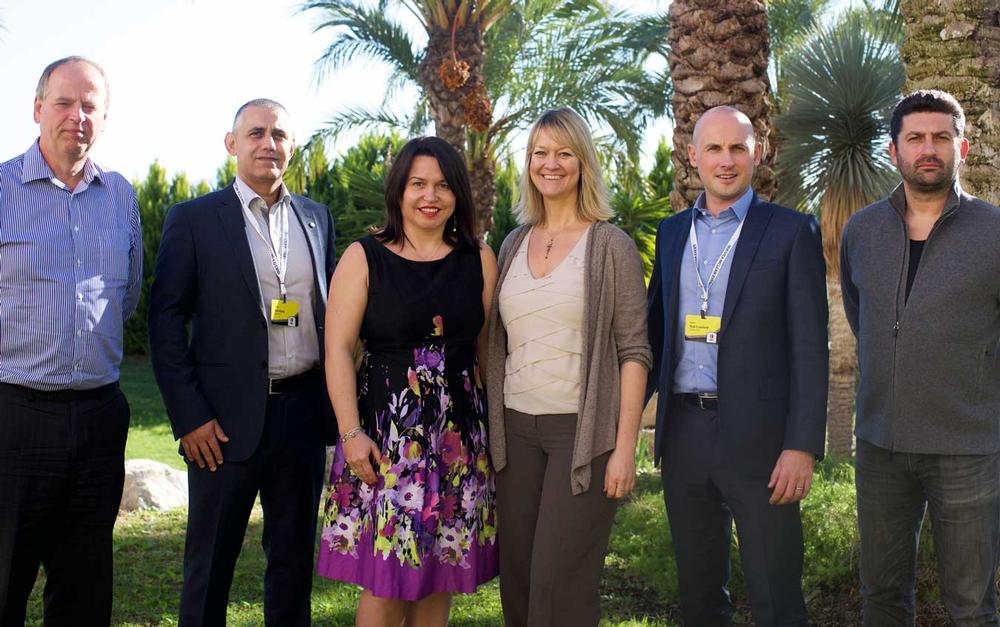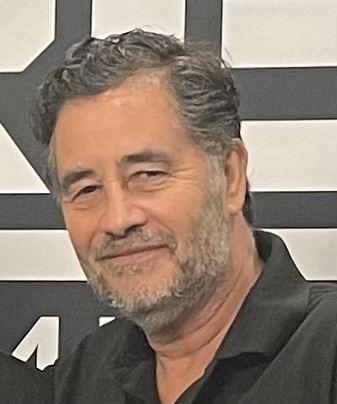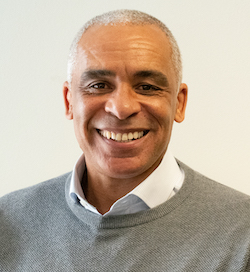The Panel
Martin Guyton (MG) – CEO, Tonbridge and Malling Leisure Trust
Jon Nasta (JN) – Director of ecommerce and marketing, Xercise4Less
Anastasia Yusina (AY) – President, Strata Holdings
Kate Cracknell (KC) Debate Chair – Editor, Health Club Management
Rick Crawford (RC) – Fitness & wellbeing manager, Nuffield Health & Wellbeing
Giles Dean (GD) – Co-founder, 1Rebel
KC: If you had an empty building and open-minded investors, what kind of physical activity facility would you build to meet the needs of the population – not just today, but looking forward 10 years?
JN:Investment priority shouldn’t be in bricks and mortar but in education, both for staff and prospective members. The exercises being prescribed by fitness professionals are currently too generic – staff need the confidence, knowledge and tools to deliver more bespoke programmes. These are much more likely to influence behaviour and positively impact retention and referrals.
AY:Investing in customer education is definitely very important. In our venues we’ve started to offer health and wellbeing seminars to members. Topics range from how to understand food labelling to preventing type 2 diabetes, and sessions are proving very popular.
MG:I’d invest in the provision of more diverse activity centres – like the XC Centre in Hemel Hempstead, which includes high ropes and indoor caving – with the aim of encouraging more people to participate in regular physical activity.
RC: Creating a physical hub where health and wellbeing professionals work together to deliver services that cater for all of a community’s healthcare needs is where I’d like to see investment. In order to secure our industry’s place in the healthcare of the nation, we need to be positioned alongside other credible professionals such as GPs, physiotherapists and nutritionists.
Moving forwards, technology is also going to offer consumers much more opportunity to log and monitor their own health indicators. There’s a huge opportunity to educate our staff so they can help consumers better understand the data they’re collecting and adjust their behaviours to benefit their health.
GD: I’d invest in building a film production studio. Physical buildings can only serve a very local population; we have to embrace the virtual platform. Building an online offering gives us the opportunity to address people in their own homes, taking our brand and expertise to a much broader audience
For example, I was recently introduced to a product called Peloton which allows people at home to virtually link with a cycling class at their gym. This creates a feeling of being a part of something social without having to enter what, for some, is an uncomfortable environment.
KC: That leads nicely on to the next question. With the increased interest in virtual classes, and some clubs even installing virtual advisors, how do we ensure we maintain a strong personal relationship with members?
MG: There’s a danger that moving down a virtual road will have a negative impact on the customer experience. Encouraging people to exercise at home, alone, is not where the focus should be. I agree we need to embrace technology, but let’s not give up on people or underestimate the value of personal contact.
JN: A virtual offering, done well, can hugely enhance a customer’s experience. It has the power to make individuals feel part of a community even when they’re not physically present on-site.
The younger generation already seamlessly uses technology to virtually connect to their environment via their phones and tablets. Moving forward, this generation will expect a virtual offering – they feel very comfortable engaging with a brand in this way.
AY: I agree, but technology needs to be used to create a more personal experience. Simply firing out generic content and messaging will not work and could, in fact, have a negative impact on the customer experience.
That said, if the customer can be made to feel that the virtual content addresses a very personal need and enhances the relationship they have with a particular brand, then this can also be very powerful. Clever planning and bespoke content is absolutely key.
Comment from the floor – Kevin Yates, 1Rebel: Social media engagement presents a huge opportunity but also a threat. Savvy individuals are attracting huge audiences. Body Coach Joe Wicks, for example, has over half a million Instagram followers. These online personalities are hugely influential. As a sector, we need to better engage with these people. The danger is that consumers will choose to use free online resources for their wellbeing support rather than pay for our services.
KC: With physical activity proven to have a profoundly positive impact on mental health, what more could the sector be doing to address mental health issues among the population?
GD: It’s unlikely that people with mental health problems will feel comfortable admitting to them and talking about them in a gym environment. Our role is to better promote the emotional and general wellbeing benefits of exercise to the masses, rather than trying to address what can be very complex mental health issues of individuals.
RC: We need to better engage with the GPs who are diagnosing mental health problems. There seems to be a heavy reliance on the prescription of costly anti-depressant drugs, so we need to work together to better educate healthcare professionals on the positive effects that exercise can have on many mental health conditions. We’ll need to present evidence-based data though – something the health and fitness sector is historically poor at collecting.
AY: It’s totally unreasonable to expect our current health and fitness teams to diagnose and prescribe solutions for mental health patients. Their level of expertise and experience simply doesn’t qualify them to do this.
GP referral is the key to our sector supporting this special population. Initially we need to seek out and work with doctors who truly believe that an active lifestyle can positively impact a person’s state of mind, and that exercise on prescription is more beneficial to them than a drugs programme.
Doctors who lead an active lifestyle themselves and who experience the benefits are more likely to prescribe it to others. We should, therefore, be offering incentives to targeted GPs to come and use our fitness facilities.























































